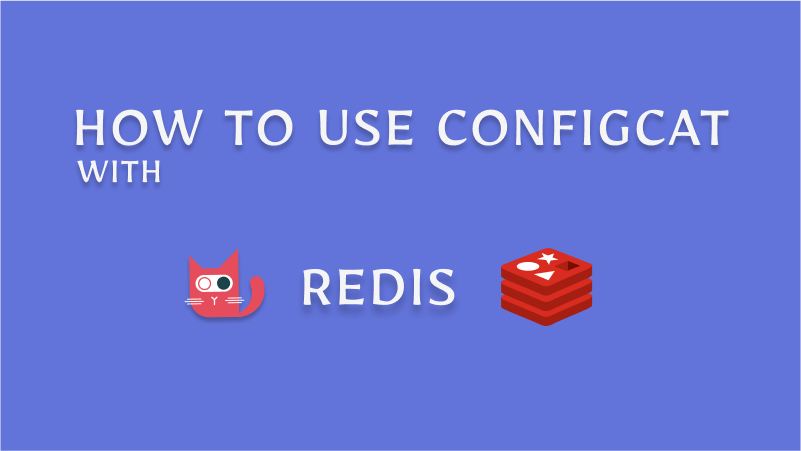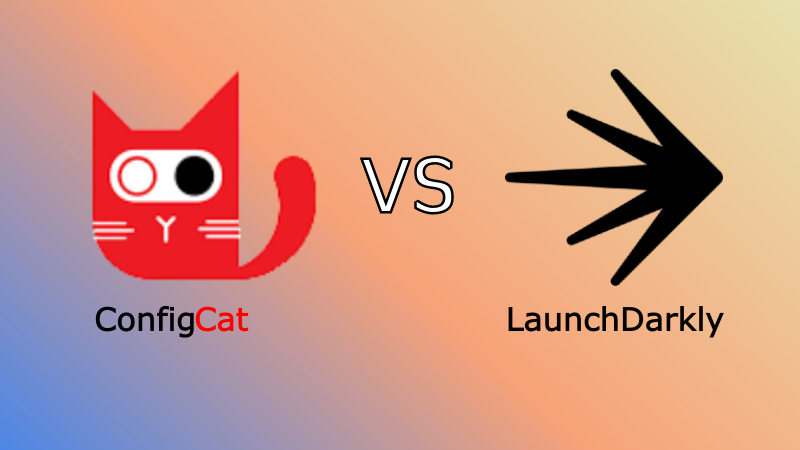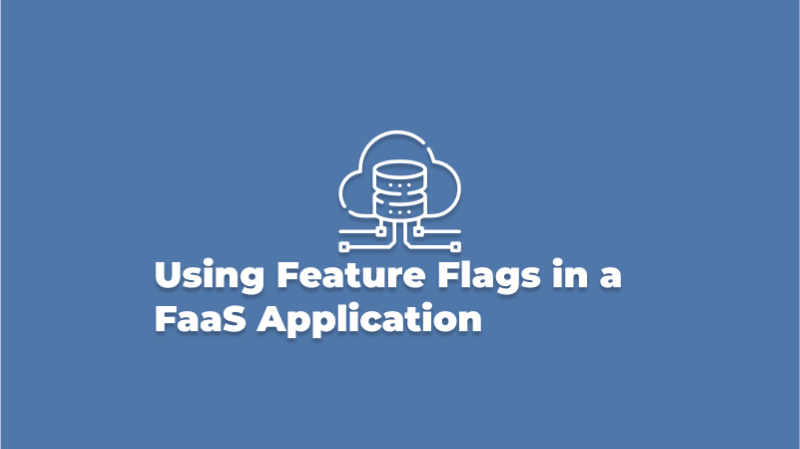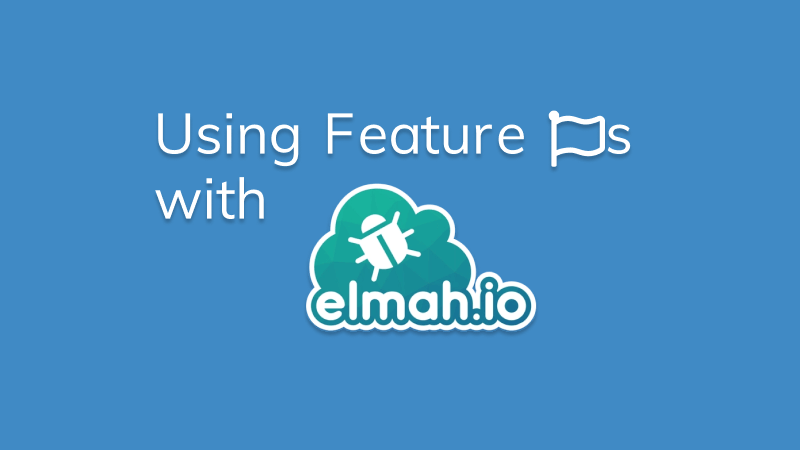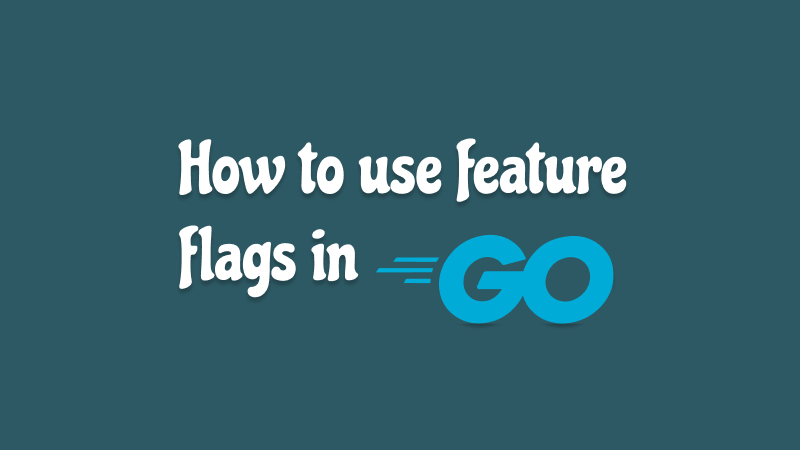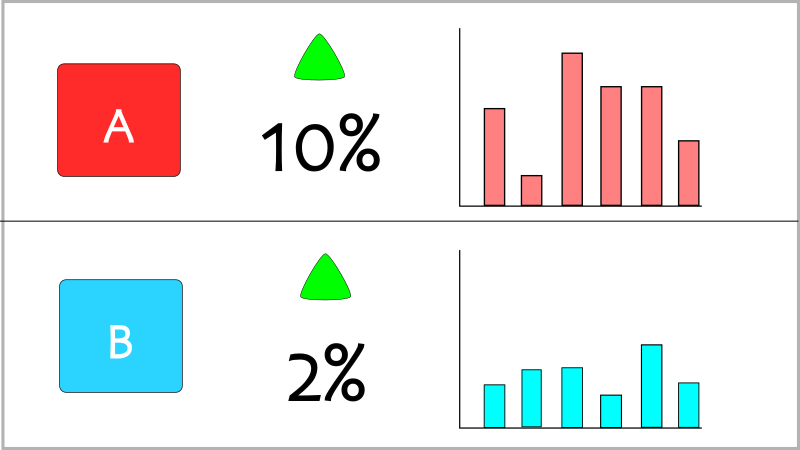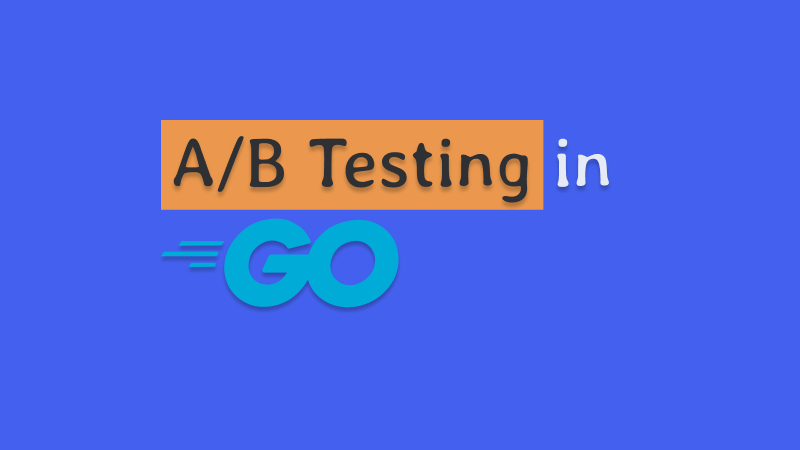How to use ConfigCat with Redis
Ever since the dawn of feature releases, feature flags have become the de facto standard for managing and controlling features in software applications. Many software development methodologies these days such as agile, are heavily focused on releasing continuous updates and features. In addition, a few companies have based their entire business around serving clients a cloud-based feature flagging solution. But in limited bandwidth situations or when you need to optimize the performance of your client-facing applications making API requests may not be ideal. This can be handled by implementing a process called caching with the help of a popular tool called Redis.
